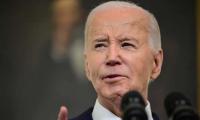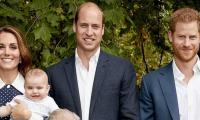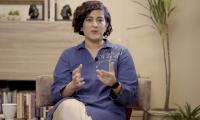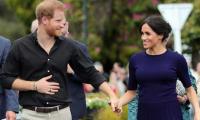SRINAGAR: A year ago, on 5 August 2019, the Indian government, led by Prime Minister Narendra Modi, repealed article 370 of the Indian constitution. For almost 70 years, the provision had given the disputed, majority-Muslim state of Jammu and Kashmir a semi-autonomous status, with special powers over issues such as jobs and residency. The special status had been granted to Kashmir in exchange for joining the Indian union after independence in 1947, foreign media reported.
In one fell swoop, everything changed. With a swift presidential order, the Himalayan region was brought under the full control of the Hindu nationalist Bharatiya Janata party (BJP) government and split into two union territories, no different from any other Indian state. Its politicians were imprisoned, phone services were suspended, an internet blackout was imposed and thousands of Indian military troops moved into the region to enforce a strict crackdown, which has still not been fully eased. Journalists reporting on the situation in Kashmir continue to be questioned and arrested under anti-terrorism laws.
“It is not merely our land but it is also our identity which has been robbed,” said Tilgami. He described the repeal of article 370 as an “extreme disaster” that had left the whole region in a state of paralysis. “Our tongues, our pens have been sealed,” said Tilgami The repeal of article 370 was justified by the Modi government on the grounds of bringing economic prosperity to the turbulent region, opening it up to outside investment, and eliminating Pakistan-supported militants. “Repealing article 370 shut the gateway to terrorism,” claimed the home affairs minister, Amit Shah. Yet residents of Kashmir have instead found themselves living in a region far more volatile, unstable and economically fragile than ever. The impact of the crackdown, in particular a six-month internet shutdown, led to huge economic losses and unemployment and cost the Kashmiri economy an estimated $5.3bn (£4bn) – a situation only worsened by the coronavirus lockdown that followed. The Indian government did little to encourage economic prosperity other than to change strict domicile rules, which had previously prevented non-Kashmiris from buying land, property and investing in the region. Non-Kashmiris have been granted residency in the state since last August. For Kashmiris, the residency status for non-Kashmiris was proof that Modi’s real aim was to advance the Hindu nationalist agenda of his BJP government, which wants to establish India as a Hindu rather than secular country, by shifting the demographics of the region away from being majority Muslim. Sibtain, a 33-year-old from Srinagar, said he felt “maddened” at the very real prospect of becoming “a second-class citizen”. “The worst fear I have is that Kashmir will lose its identity, we will just be subsumed into a much bigger Hindu India,” he said.
The security situation remains equally precarious, seeping into the lives of all those living in the region, with civilians dying and houses destroyed. Rather than bringing calm to the region, a heavy security presence and and counter-insurgency campaign has instead led to weekly violent encounters between Indian troops and a new generation of militants. According to human rights organisations, between 1 January and 20 June, there were 229 killings, of which 32 were civilians, 54 were government forces and 143 were militants, while 48 properties were destroyed. “There is not a single house in the district which has not been searched and not a single village where the [counter-insurgency] operation may not have been launched,” said a resident of Shopian district in south Kashmir. Despite being outnumbered, inexperienced and poorly armed, radicalised young militants have revived a dying insurgency..Shakoor Farooqi was in his late teens when he disappeared without a trace last year. His father, shoe-shop owner Farooq Ahmad, showed the last photograph taken of his youngest son, whom he lovingly called “jigar” or sweetheart.
PTI leader Azam Khan Swati. — The News/File ISLAMABAD: A local court on Tuesday confirmed the bail of PTI’s...
An exterior shot of the FIA headquarters. — Facebook/FileISLAMABAD: The Federal Investigation Agency , breaking a...
Sarhad Chamber of Commerce and Industry president Fuad Ishaq. — Facebook/Fuad Ishaq PESHAWAR: Sarhad Chamber of...
Sarfraz Bugti. — APP/FileQUETTA: Balochistan Chief Minister Sarfaraz Bugti has said that a committee is being formed...
Chairman Joint Chiefs of Staff Committee General Sahir Shamshad Mirza conferred civil awards to the eminent...
Former federal minister Fawad Chaudhary. — APP/FileMULTAN: Former Pakistan Tehreek-e-Insaf leader Fawad Chaudhry has...







